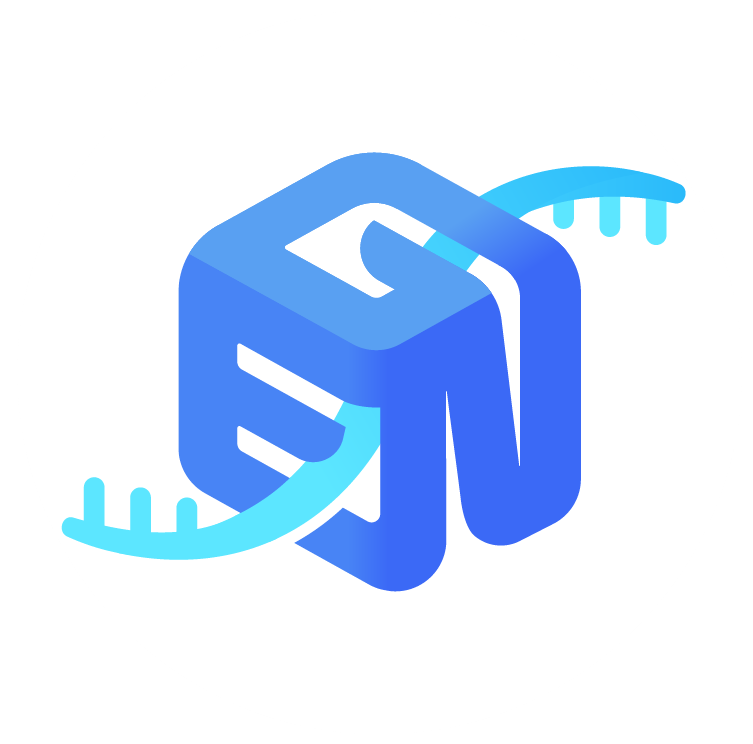

 Gene Expression Nebulas
Gene Expression NebulasSummary: Autism spectrum disorder (ASD) is a disorder of brain development believed, in most cases, to be of genetic origin. We use induced pluripotent stem cells (iPSCs)-derived 3-dimensional neural cultures (organoids) in patients with ASD and macrocephaly to investigate neurodevelopmental alterations that cause this form of ASD. By using transcriptome analyses, we identified modules of co-expressed genes significantly upregulated in ASD patients compared to non-ASD first-degree family members.
Overall Design: Total RNA was prepared from terminal differentiation day 0, 11 and 31 of iPSCs-derived neural cultures from ASD patients and non-ASD first-degree family members. A total of 4 patients and 8 controls (unaffected family members) were analyzed in replicates (two to three iPSC clones per person).
| Strategy: |
|
| Species: |
|
| Tissue: |
|
| Healthy Condition: |
|
| Cell Type: |
|
| Cell Line: |
|
| Development Stage: |
|
| Growth Protocol: | Neuronal differentiation of iPSCs: iPSC colonies were dissociated and plated on AggrewellTM 800 plates (STEMCELL Technologies) in DMEM/F12-GLUTAMAX medium containing 4% B27 supplement without vitamin A (Invitrogen), 1% N2 supplement (Invitrogen), and 55 uM 2-mercaptoethanol, 5μM Y-27632 and 200ng/ml recombinant mouse Noggin (R&D Systems). After 2 days, embryoid bodies (EBs) were collected and plated onto 10-cm bacterial Petri dishes in neuronal medium as above. After two days (day 4), free-floating EBs were collected and plated in neuronal medium, supplemented with only Noggin, onto tissue culture dishes coated with growth factor-reduced Matrigel (BD Bioscience) to allow neural rosette formation. The neuronal medium was changed the next day and supplemented with 20 ng/ml FGF2, 200 ng/ml Noggin, and 200 ng/ml rhDkk1 (R&D Systems). After two or three days, the neural rosettes were manually dissected and replated as free-floating aggregates in 10-cm bacterial Petri dishes in neuronal medium supplemented with FGF2 (10ng/ml) and EGF (10ng/ml). After five days in suspension, free-floating aggregates were plated onto ultra low-attachment 96-well plates (Corning) in neuronal medium supplemented with FGF2 and EGF. Terminal differentiation was started the next day, using a NEUROBASAL-type medium supplemented with 1% N2, 2% B27, 15 mM HEPES, 1X Glutamax, 1X nonessential amino acids (NEAA) and 55 uM 2-mercaptoethanol, supplemented with 200 nM ascorbic acid, 10 ng/ml BDNF (R&D), 10 ng/ml GDNF (R&D) and 1 mM dibutyryl-cAMP (Sigma). Half of the medium was changed twice a week. |
| Treatment Protocol: | - |
| Extract Protocol: | Total RNA was extracted using the PicoPure kit (Life Technologies catalog # KIT0204). |
| Library Construction Protocol: | RNA sequencing was performed using 50ng of total RNA with the SMARTer® Ultra Low RNA kit for Illumina® Sequencing according to the manufacturer's instructions |
| Molecule Type: | poly(A)+ RNA |
| Library Source: | |
| Library Layout: | PAIRED |
| Library Strand: | Forward |
| Platform: | ILLUMINA |
| Instrument Model: | Illumina HiSeq 2000 |
| Strand-Specific: | Specific |